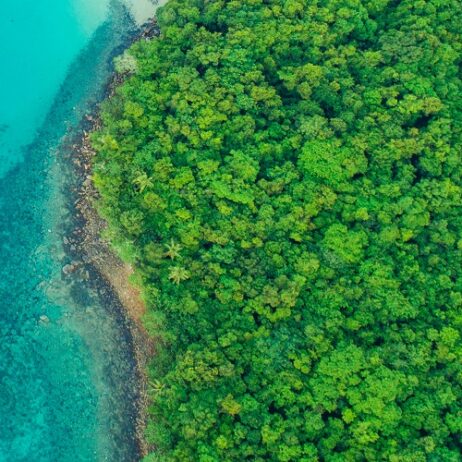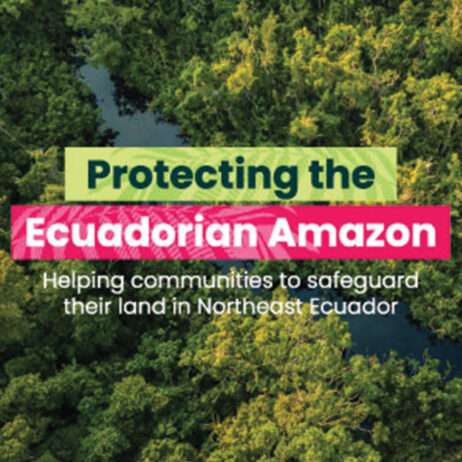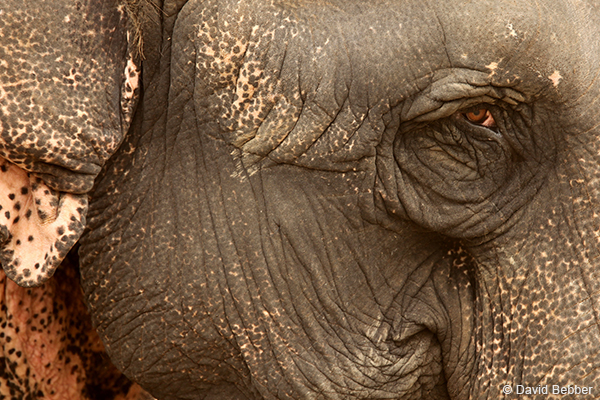
Conservation photography is about so much more than pretty pictures, as highlighted in two exhibitions that explore the work of World Land Trust (WLT).
David Bebber’s new photographic exhibition, in support of World Land Trust, ‘No Straight Lines in Nature’ is opening in Shoreditch on October 17, following a successful exhibition in August for ‘Protecting the Future – Conservation’ at The Forum, Norwich.
Both of these stunning exhibitions highlight wildlife, habitats, and people from WLT projects around the world, including Borneo, Vietnam and Zambia. But David’s extraordinary work is about so much more than beautiful pictures; conservation photography is an incredible tool for conservation.
Humans like facts, so the data and statistics that support scientific research are essential for understanding, allowing us to process and quantify evidence. However, we are also a visual, emotional species and often telling us the facts is not enough; we need them shown to us. Conservation photography provides a universally engaging way to tell the truth about what Earth experiences.
Photography Makes the World Closer
Photographing nature is not an easy task. It’s early mornings, lots of patience and a willingness to travel to the most unusual of locations. Nevertheless, it’s important, creating connections for people with places that they know exist but might find difficult to envisage. By documenting places, people and wildlife, conservation photography creates a narrative for nature. More than that, it opens a dialogue about human interaction with it, and therefore invites positive changes in how we do so moving forward.
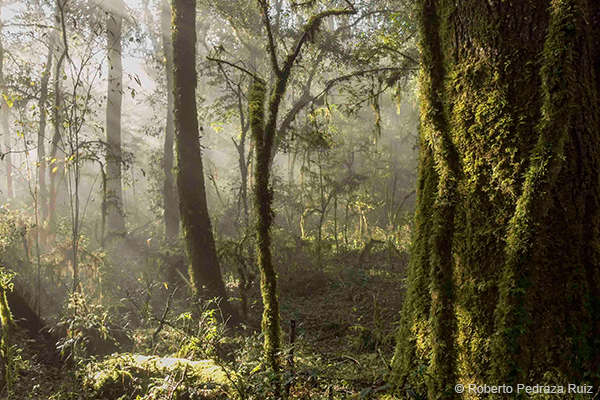
Dawn mist in the forest, Sierra Gorda Biosphere Reserve. © Roberto Pedraza Ruiz
Conservation photography gives direction
Art talks to its audience, instantly, much like the natural world. Photographs of mountains inspire awe and a sense of freedom, photos of juvenile animals make us feel wistful, and those of degradation inspire anger and sadness; all the same emotions and understanding we would experience first-hand. The truth of photography is not just in the moment a frame has captured, but in the reality of our perception. Through this, conservation photography educates as much as it entertains, demanding that we look not just because we should, but because we need to know this is the world as it is.
Documenting Change in the Natural World
With the increasing threats and damage caused to the environment by the climate crisis, conservation photographers, like David, also play an important part in ensuring we know how habitats and biodiversity have changed, and what has changed them. Over the summer, pictures of forests burning made us act in the face of climate change. When we see animals suffering, we want to know how we can help. But there is further power in these photographs because they enable us to document change.
It is one thing to be told the ice caps are melting, and quite another to see the physical realities of before and after. And of course, it also shows when we get things right. Camera trap footage from WLT partners show returning species to land we have protected, and in the near future will show us trees beginning to regrow on the Vietnamese landscape at Bac Huong Hoa Nature Reserve.
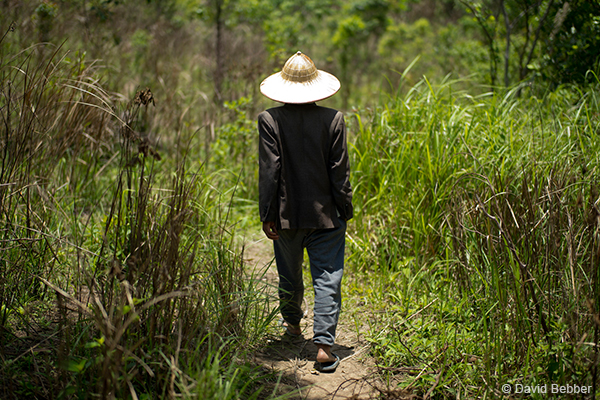
Mr Ho Van Vy, Head of Xa Bai village walks through Bac Huong Hoa Nature Reserve. © David Bebber
In 2016, David visited Khe Nuoc Trong Nature Reserve, Vietnam with WLT and Simon Barnes, journalist and WLT Council Member. There, he captured images of the Annamite forest, and the Keepers of the Wild in action throughout the reserve. These images tell us what the future for Bac Huong Hoa will be, as we raise £575,000 to reforest the bare land. In a recent interview, he said, “The more I worked with WLT the more passionate I got and I realised that my pictures could be used to help raise awareness of conservation issues. More and more, I began looking for pictures that triggered an emotional response in viewers and encouraged them to support WLT.”
Human imagination is a wonderful thing, but there are times when it is far more important to truly see success, or devastation, or be reminded of our place within the natural world. Like all art, conservation photography can be confronting, motivating, or exciting. And that is why it matters so much to conservation; without visual veracity, it is impossible to fully understand the power, importance and need of the natural world. And, ultimately, what we can do to help.
